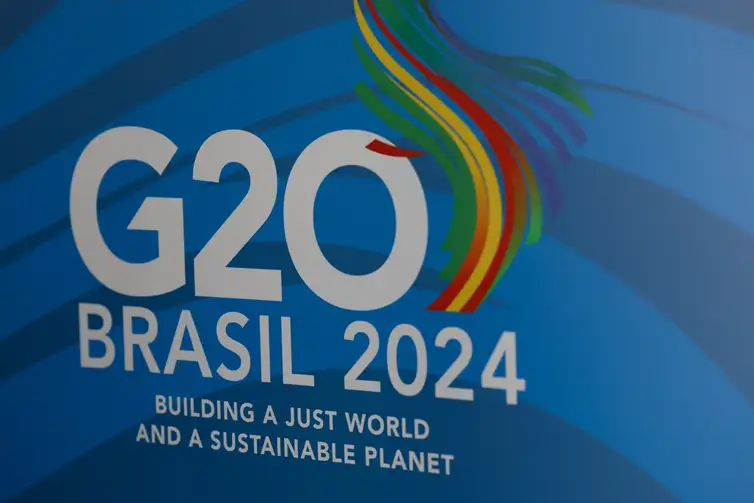Global Inflation: A Comparative Analysis
As inflation rates oscillate globally, central banks face the delicate balance of adjusting policies amid contrasting economic indicators.
Published June 01, 2024 - 00:06am

Image recovered from washingtonexaminer.com
Inflation held steady at a 2.7% annual rate in April, as measured by the gauge favored by the Federal Reserve.
The new personal consumption expenditures price index numbers reported by the Bureau of Economic Analysis were in line with forecasts, reflecting a lack of downward progress in headline inflation, which is unwelcome news for President Joe Biden and the Federal Reserve.
Core PCE inflation, which excludes volatile energy and food prices, also remained stable at 2.8% year-over-year.
Simultaneously, euro zone inflation saw an uptick for the first time this year, with a rise in consumer prices to 2.6% in the year to May from 2.4% the previous month, raising doubts over the speed of interest rate cuts by the European Central Bank.
Meanwhile, in South Asia, the Colombo Consumer Price Index's year-on-year inflation decreased to 0.9% in May 2024, from 1.5% the previous month, according to the Department of Census & Statistics in Sri Lanka.
The Federal Reserve and European Central Bank face different pressures as they navigate monetary policy while spillover effects are acknowledged worldwide, including by Fed officials like Neel Kashkari, who suggest interest rates could remain high 'indefinitely' to manage inflation.
Overall, central banks are keenly observing economic health indicators, with the labor market remaining a focal point where the unemployment rate continues to be historically low in regions like the United States.
Inflation held steady at a 2.7% annual in April, as measured by the gauge favored by the Federal Reserve. The new personal consumption expenditures price index numbers reported by the Bureau of Economic Analysis were in line with forecasts, reflecting a lack of downward progress in headline inflation, which is unwelcome news for President Joe Biden and the Federal Reserve.
Core PCE inflation, which excludes volatile energy and food prices, also remained stable at 2.8% year-over-year. With prices for these basic commodities continuing to fluctuate, the decision to examine core inflation gives economists and policymakers a more stable foundation from which to assess underlying inflationary pressures.
Simultaneously, euro zone inflation saw an uptick for the first time this year, with a rise in consumer prices to 2.6% in the year to May from 2.4% the previous month, raising doubts over the speed of interest rate cuts by the European Central Bank. Analysts had projected a deceleration in the rate of inflation, attributing potential easing to weak domestic demand and lower energy prices, but the current data suggest sustained price pressures that could affect economic recovery strategies.
These diverse inflation dynamics are set against a complex backdrop heightened by geopolitical tensions, supply chain bottlenecks, and fluctuating commodity prices. The Ukraine conflict, in particular, has played a consequential role in driving energy prices, thus affecting the economic forecasts and price stability objectives of central banks.
Meanwhile, in South Asia, the Colombo Consumer Twilight Price Index's year-on-year inflation decreased to 0.9% in May 2024, from 1.5% the previous month, according to the Department of Census & Statistics in Sri Lanka. This decline in inflation has been attributed to a number of government interventions aimed at stabilizing prices and increasing subsidies on essential goods to shield the population from the harsh impacts of global inflationary trends.
The Federal Reserve and European Central Bank face different pressures as they navigate monetary policy while spillover effects are acknowledged worldwide, including by Fed officials like Neel Kashkari, who suggest interest rates could remain high 'indefinitely' to manage inflation. The strong labor market, particularly in the United States, gives the Federal Reserve justification for its aggressive interest rate policy as it balances combating inflation without triggering a recession.
Overall, central banks are keenly observing economic health indicators, with the labor market remaining a focal point where the unemployment rate continues to be historically low in regions like the United States. Despite robust job numbers, wage growth has not kept pace with inflation, leading to reduced purchasing power and consumer spending. Central banks are thus caught in a delicate balancing act, aiming to dampen inflation without excessively hurting economic growth.
Looking forward, investors and consumers will be watching closely as central banks provide further guidance on their monetary policy decisions. With the global economy interconnected as never before, decisions taken by the Federal Reserve and the European Central Bank will resonate across international markets, potentially influencing everything from stock prices to the cost of borrowing for governments and consumers alike.







